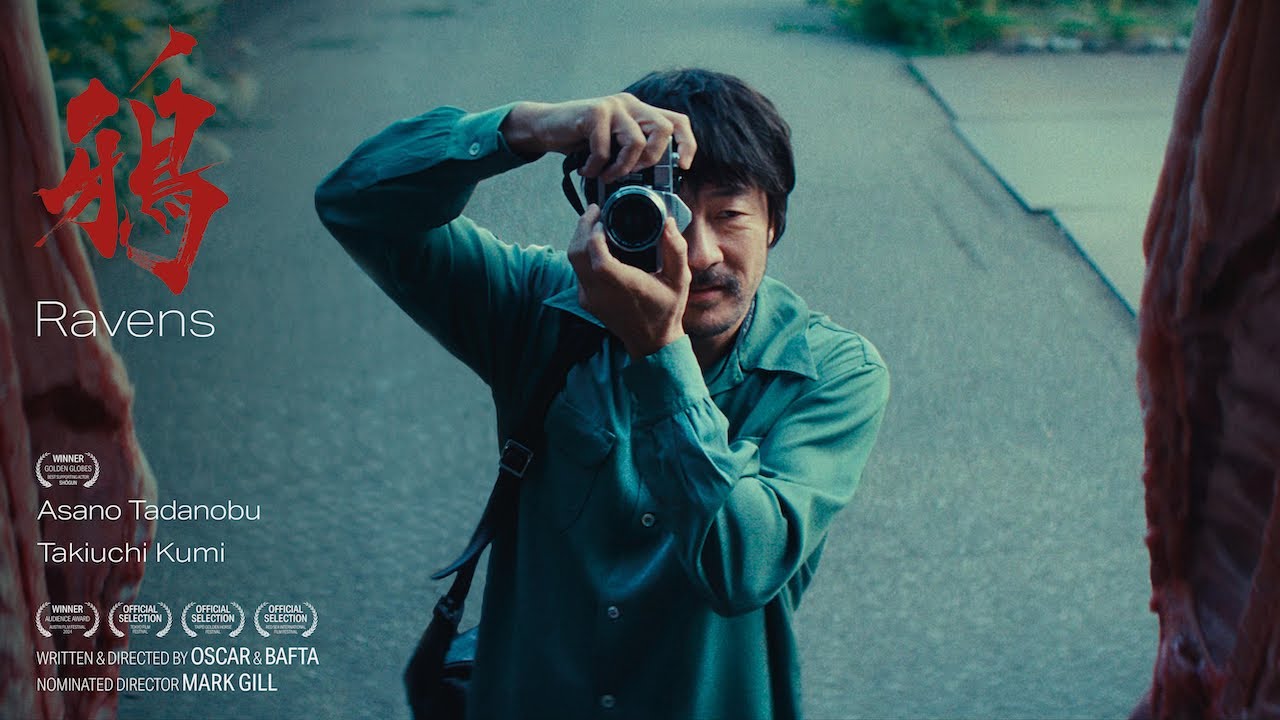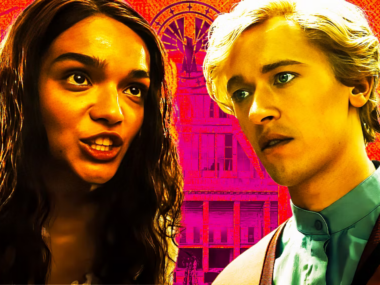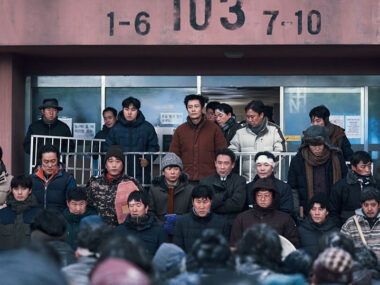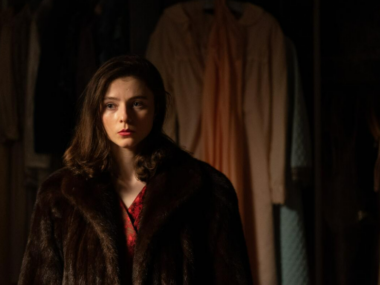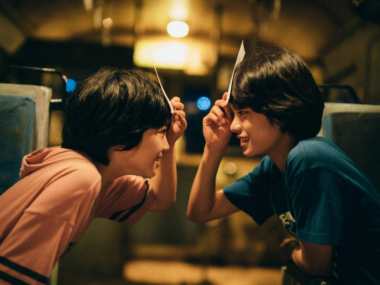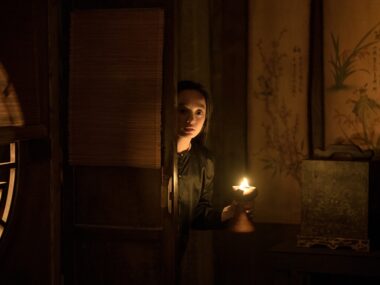Yoko Wanibe, Masahisa Fukase’s ex-wife, once said of him: “With a camera in front of his eye, he could see; not without.”
Masahisa Fukase stands among the most iconic photographers in history—his name etched into the very fabric of art and visual storytelling. For those even remotely familiar with the world of photography, his work is instantly recognizable. Yet the lingering question remains: was he a madman or a genius?
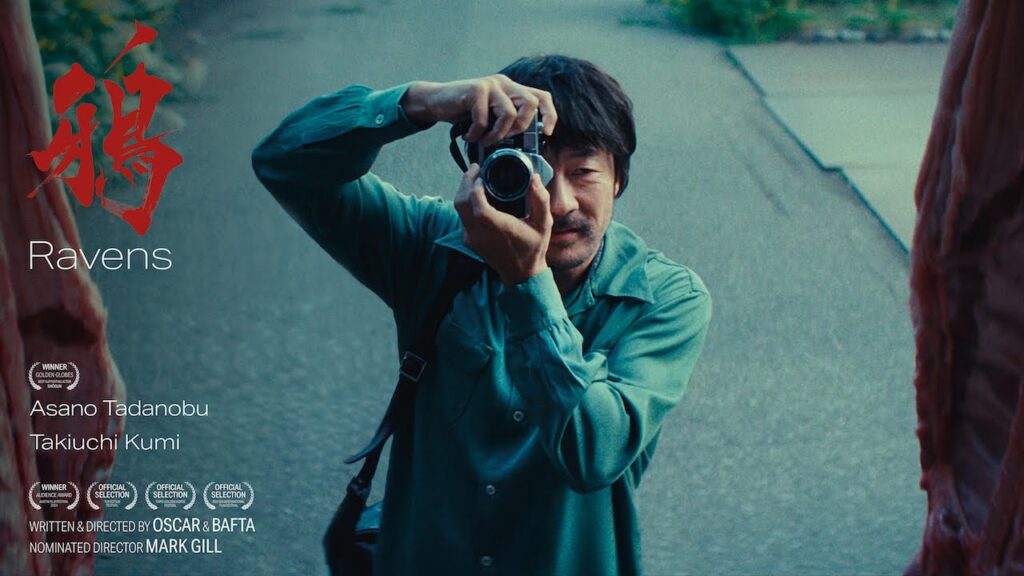
British director Mark Gill decided to capture the ingenuity of Masahisa’s life and work in his latest biographical film, Ravens. Starring veteran Japanese actor Tadanobu Asano in the titular role, in this haunting portrait of an artist unraveling, the film reimagines the twilight years of Masahisa Fukase. As shadows of a crumbling marriage to his muse, Yoko, loom large, Fukase descends into emotional isolation, channeling his anguish into Karasu /Ravens— a masterpiece born of sorrow and silence. Blurring the lines between art and affliction, the narrative drifts through fragments of his past, capturing the raw pulse of a man obsessed with capturing what slips away.
Fukase’s camera was both a tool of affection and a source of destruction, as he obsessively captured the people (and cats) in his life. His photographs, born out of love, eventually reflected the fragments of his own undoing. In 1982, he admitted to being trapped in the paradox of “being with others just to photograph them,” which led to an overwhelming sense of existential isolation. His compulsive need to document those closest to him only pushed them further away. At one point, his ex-wife had reflected, “He saw me only through the lens,” adding, “All the photos of me were, without a doubt, just pictures of himself.”
In this film adaptation, Mark masterfully recreates the From Window series with an uncanny fidelity to the original photographs, featuring actress Kumi Takiuchi in the role of Yoko. The portrayal of Masahisa’s life, shown in flashbacks was very insightful, especially the way the director managed to link it to each of his photo series.
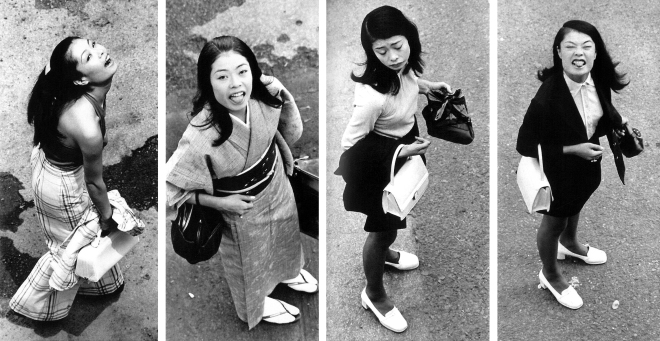
Additionally, Mark’s imaginative take on the film, also included a life-sized raven—less bird, more looming presence—delivering snarky commentary in crisp English to Masahisa, who responded stoically in Japanese. While undeniably striking, this towering, talkative raven occasionally jolted me out of the film’s Japanese rhythm, like an unexpected channel switch mid-thought. Yet, it also served as an anchor while Masahisa wrestled with his inner demons as he succumbed slowly due to his alcoholic tendencies and debilitating depression, especially following Yoko’s departure.
Actor Tadanobu Asano proves that silence can be thunderous—his portrayal, rooted in a disturbing yet profound love for art, is executed with uncanny precision. He crafted a wordless performance, channeling raw emotion that was captured in a truly iconic fashion. Asano’s own identity as an artist makes him the perfect choice to embody such a legendary photographer.
I strongly recommend watching this film, but be forewarned: this is a biographical journey, not just a casual trip to the theatre. It might be helpful to familiarize yourself with Masahisa Fukase’s earlier works before watching this film, as it makes connecting the dots far easier.
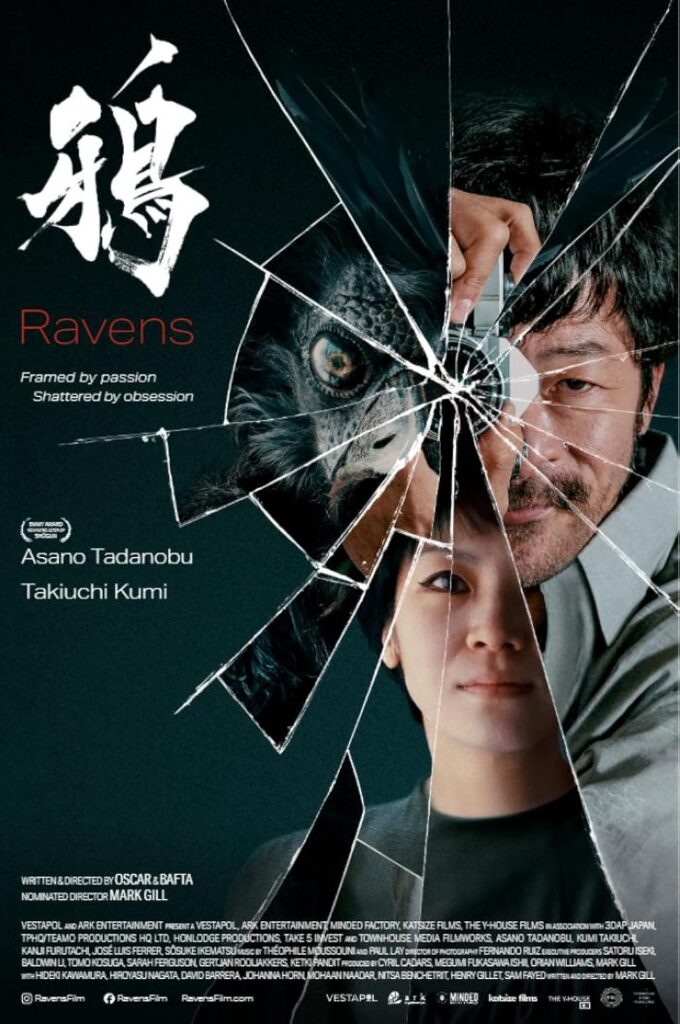
| Release Date: 2024-10-30 (Japan) 2025-07-20 (NYAFF) | Screenplay: Mark Gill |
| Cast: Tadanobu Asano, Sôsuke Ikematsu, Kumi Takiuchi, Kanji Furutachi, Gô Jibiki | Cinematography: Fernando Ruiz |
| Director: Mark Gill | Language: Japanese, English |
| Runtime: 117 Minutes | Genres: Biographical |

